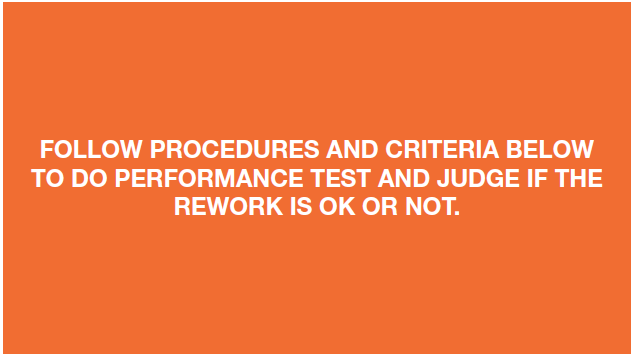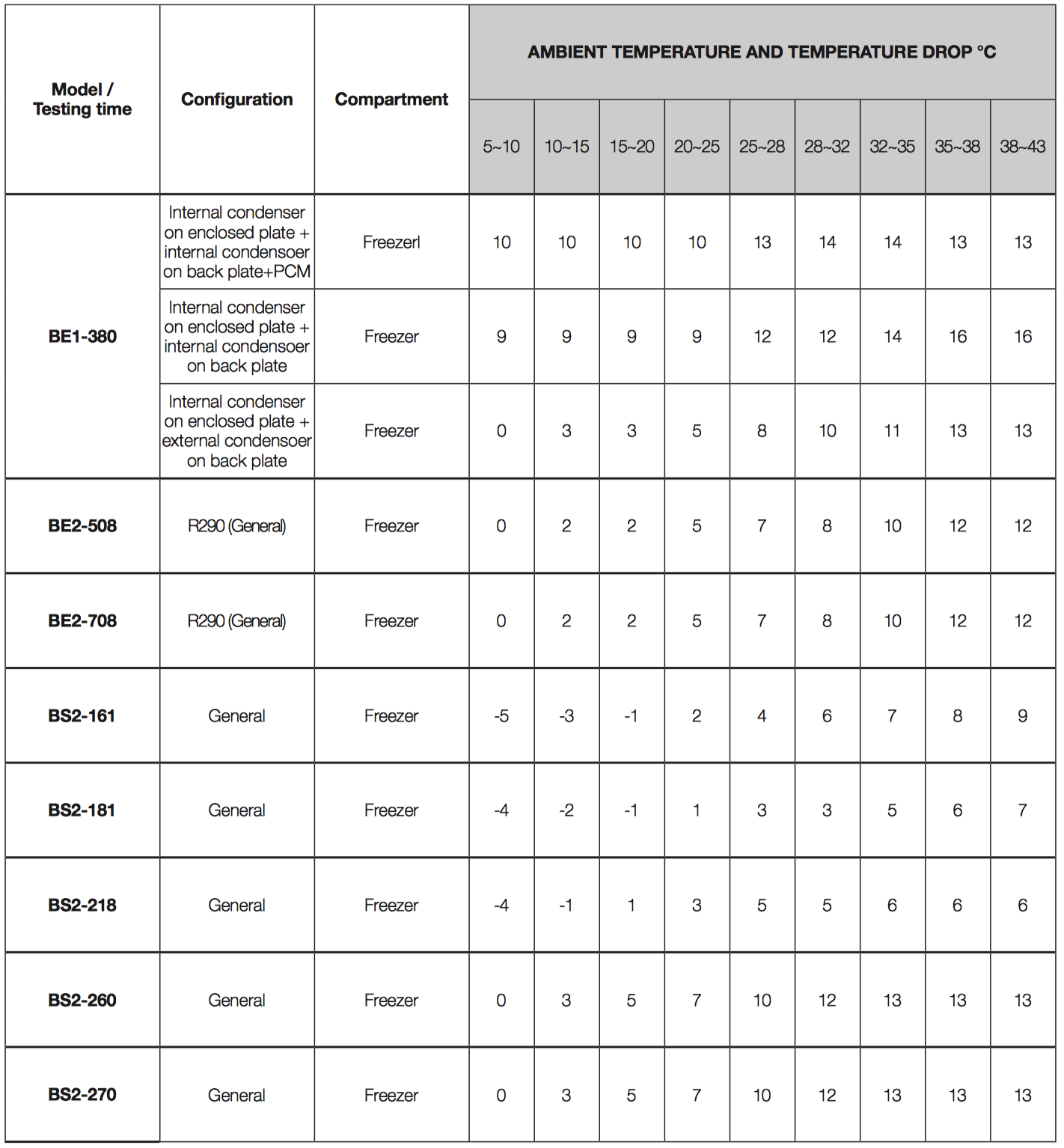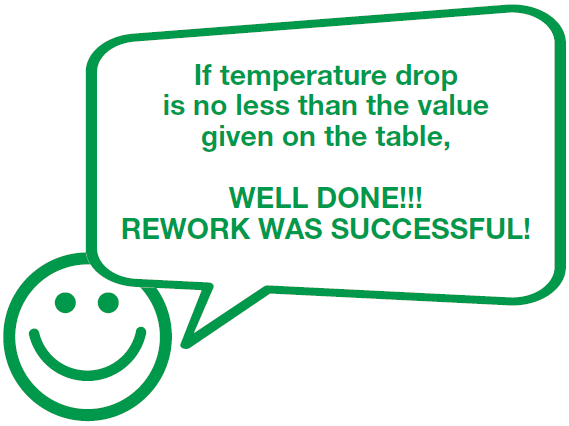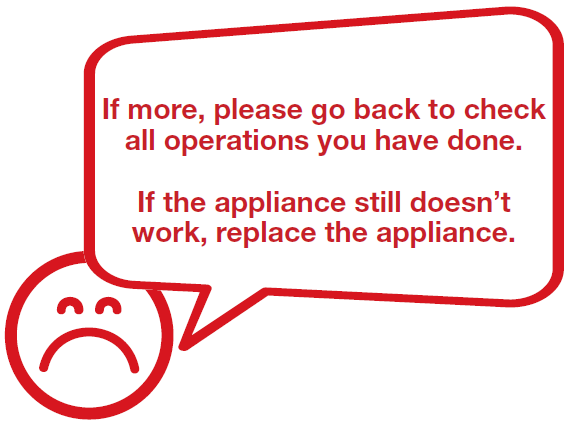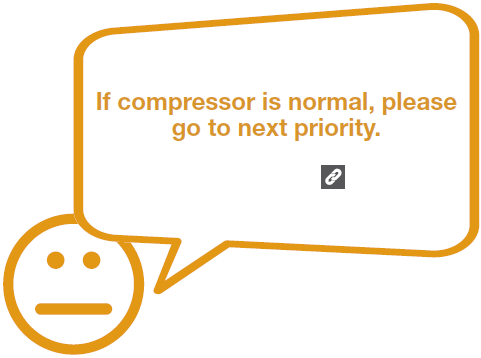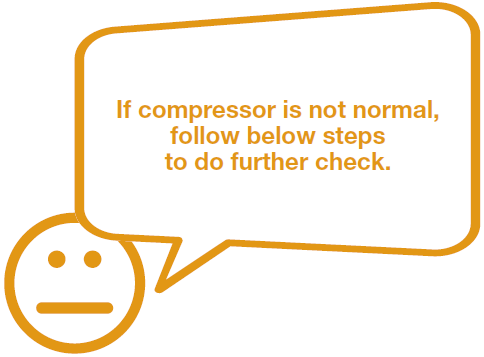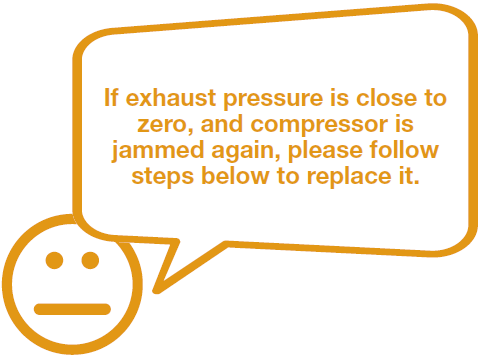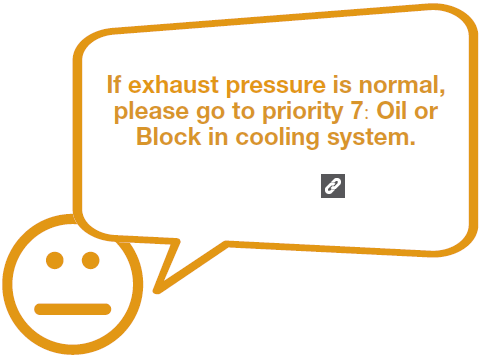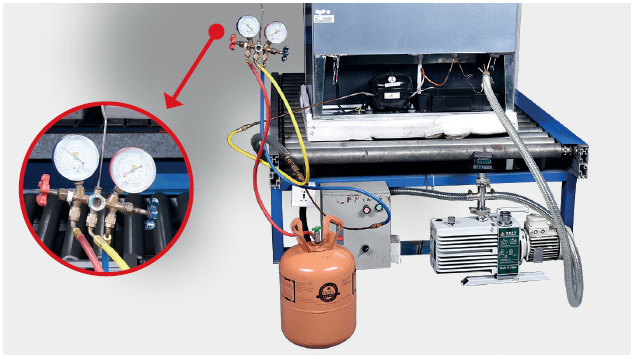

CHECK AND TEST 1
Step 1
Plug in. The compressorstarts, but the protection is activated immediately, and it cannot work normally.
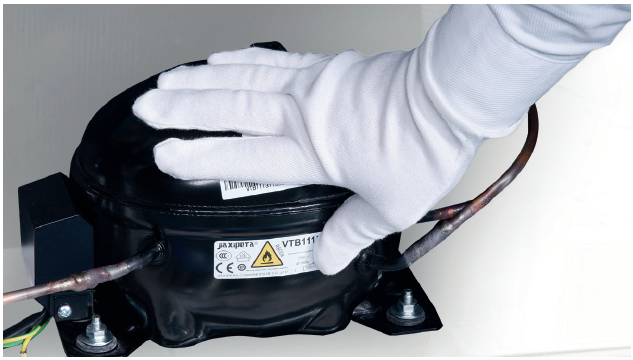
Step 2
Put hand onto compressor - no shaking can be felt.

Step 3
Measure the AC voltage of the compressor with a multimeter. If voltage of three terminals are almost the same (100V~200V), it means power are transferred to compressor.

Step 4
Wait a few minutes, then repeatedly power on and off several times. The compressor starts, but activates protection.
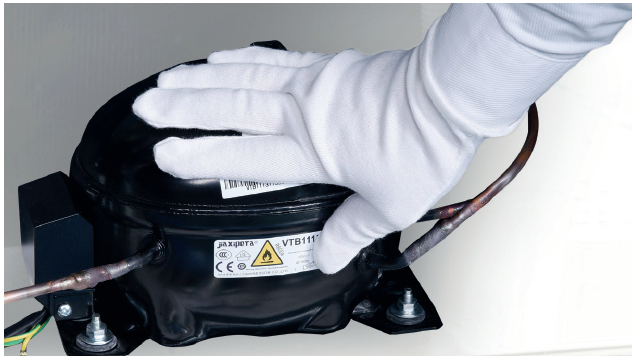
DIAGNOSIS 1
SAFETY WARNING:
MAKE SURE DETECTORS DO NOT TOUCH EACH OTHER. DO NOT TOUCH LIVE PARTS WITH HANDS.
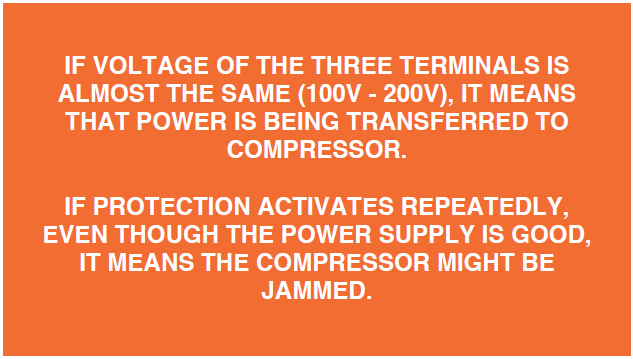

CHECK AND TEST 2
Step 1
Cut off capillary to discharge refrigerant.

Step 2
Cut off suction pipe and exhaust pipe.
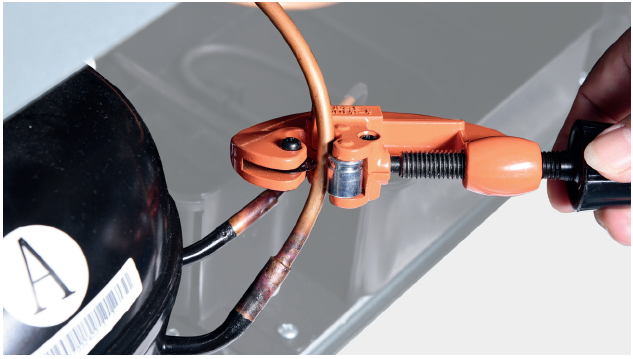
Step 3
Power up the compressor and test the pressure of the exhaust pipe with a piece of paper.
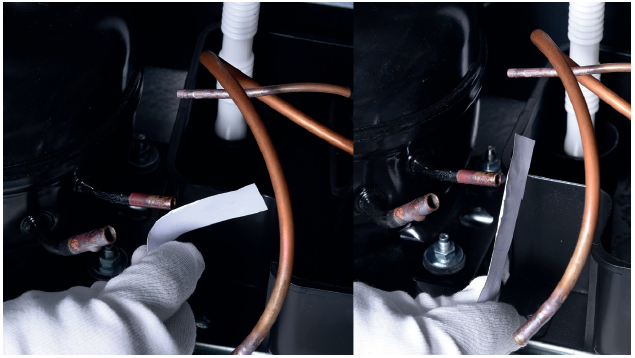
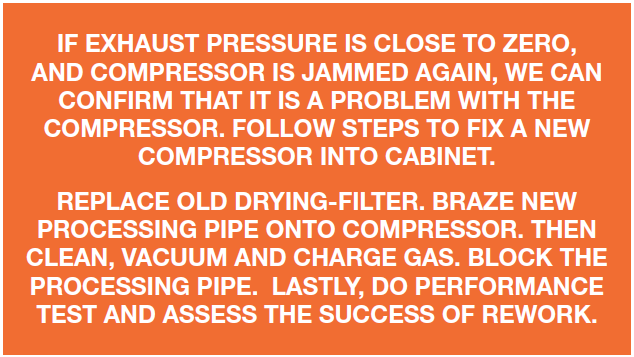

PROCEDURES 1
Step 1
Unscrew terminal cover.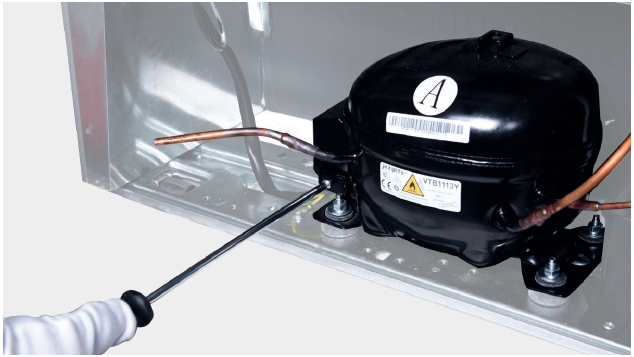
Step 2
Remove terminal cover.
Step 3
Move out protector and starter.
Step 4
Unscrew earthing wire.

Step 5
Unscrew nut of compressor.
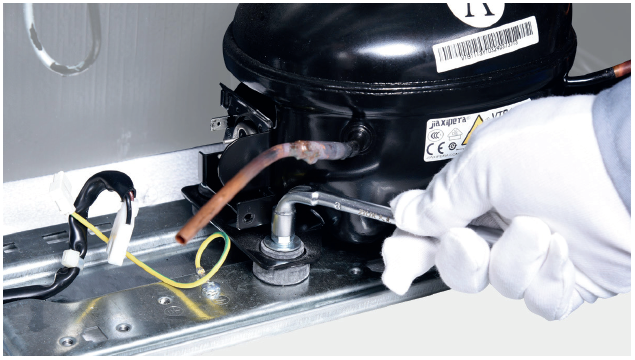
Step 6
Put on a new compressor and fix nuts onto compressor.

Step 7
Braze joints of suction and exhaust pipes.


PROCEDURE 2
Step 1
Clean paint off of brazed joint of drying-filter.
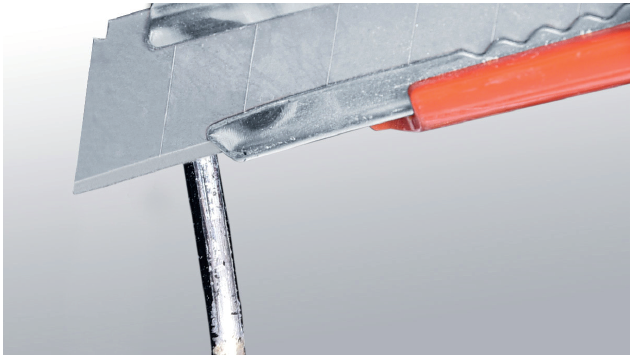
Step 2
Cut off drying-filter.
Step 3
Cut off capillary and remove the cut end by shaking.
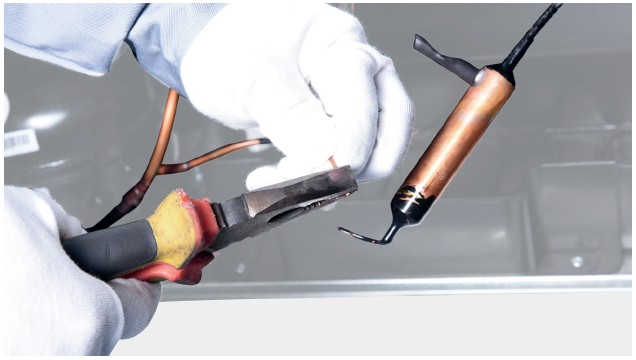
Step 4
Braze on a new dryingfilter.
Step 5
Re-braze a copper tube onto processing tube of compressor.

Step 6
Inject nitrogen (1.57Mpa)
through quick connector into pipe for at least 3 min to blow remaining refrigerant
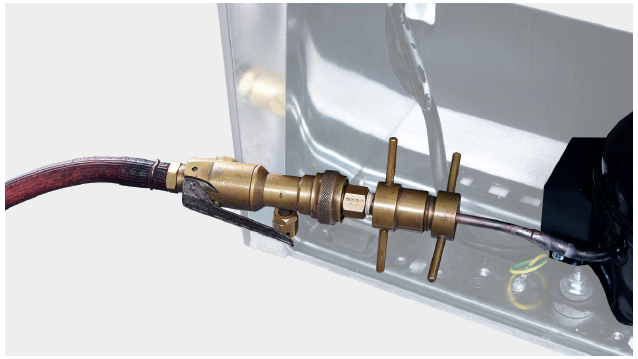
Step 7
Add quick connector onto processing pipe of drying-filter.
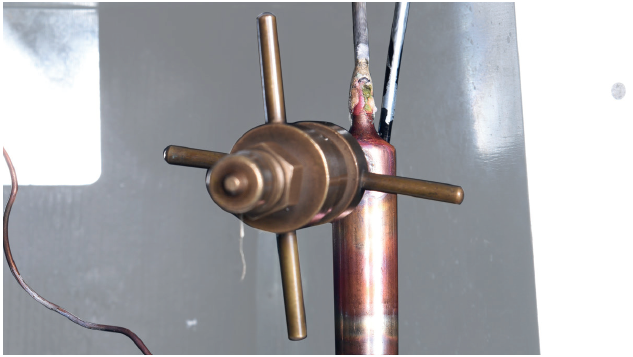
Step 8
Perform leakage test on
brazed joints of dryingfilter and compressor processing pipe.
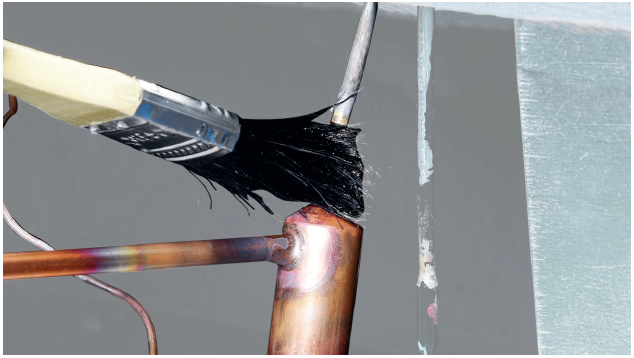
Step 9
Vacuum and recharge. Please get more details of vacuuming and gascharging requirements
on 10.5 Annex B2.
Step 10
Block processing pipe twice by locking pliers.
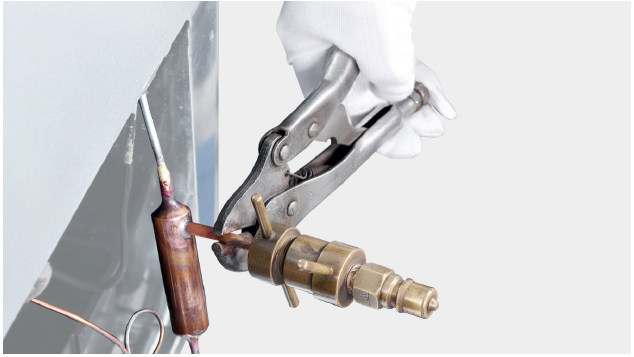
Step 11
Leave locking pliers on thesecond block andcut off the rest pipe by shaking.

Step 12
Braze the ends and remove the pliers.

